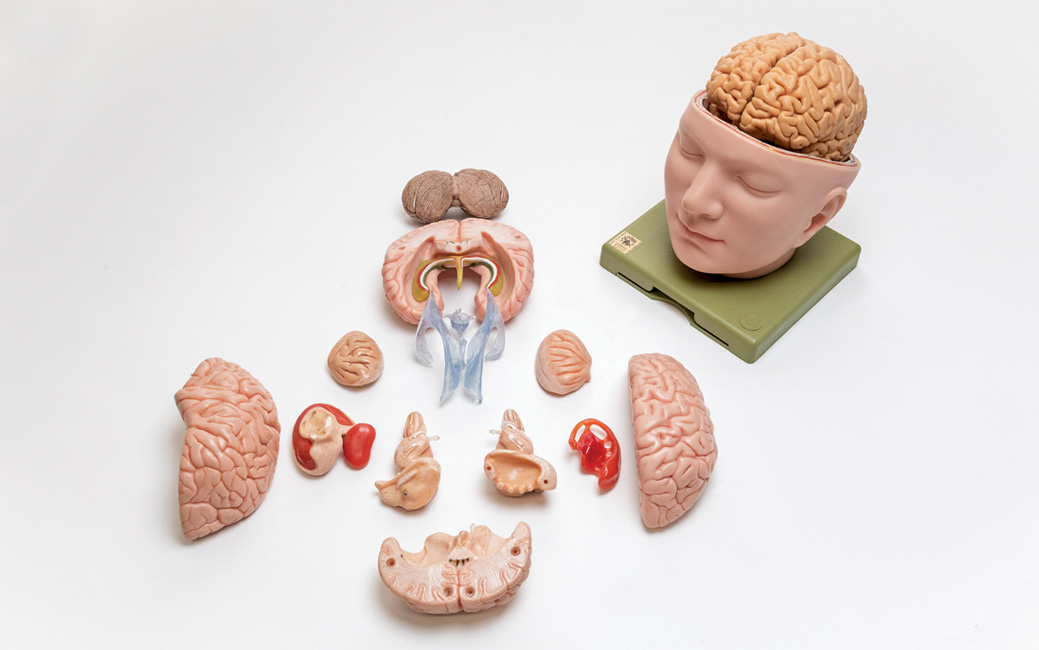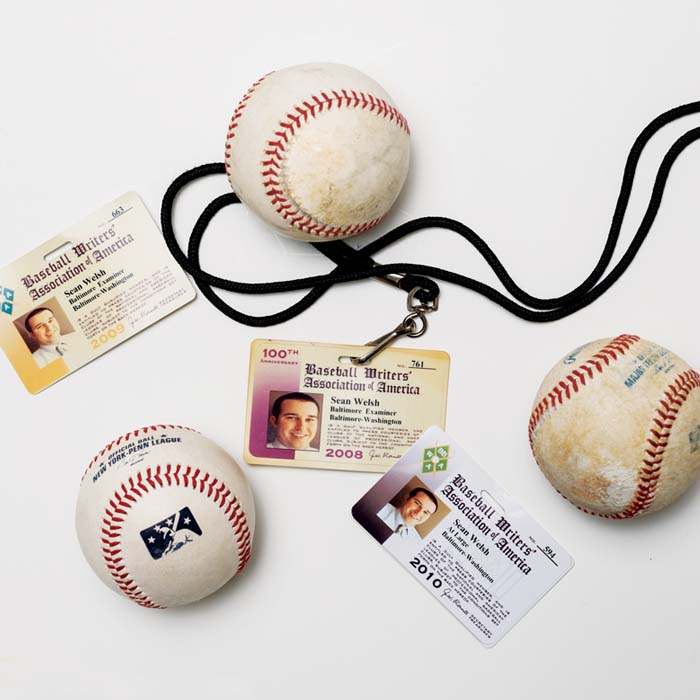Treasures: Head Case

As a child, Laurie Williams-Hogarth was fascinated by the science of the human body.
The daughter and granddaughter of physicians, she spent much of her time around hospitals.
If she tripped and skinned her knee, her father wouldn’t just give her a Band-Aid;
he’d explain
in technical terms what happened to her skin and how her body would heal itself.
Now a TU biology professor, she teaches an upper-level neuroscience course, the first
part
of which involves the anatomy and functioning of the brain. In a lab in the Science
Complex,
she is surrounded by plastic models of everything from heads to toes, but she remains
most fascinated by the least-understood part of the human body.

“I’m a neuroscientist, so I’m most interested in the brain,” she says. “It is the command center of the entire body. And the fact that we can imagine scenery and recall and create memories really only [because of] chemicals and proteins that reside in specific, tiny cells of the brain, to me, is truly amazing.”
The models in her classroom are painstakingly created by medical illustrators, so their price tag is steep. A model brain like the one pictured above, which can be dissected, can cost around $1,250.
“These are about as close to it gets to a human brain,” she says. “It weighs about
one or two pounds. The actual brain has a covering with fluid around it, so it’s going
to be a little
bit heavier than that.”
Students, she says, can be intimidated when they first walk into the lab. Plastic skeletons, skulls, arms, knees—basically every body part—line the shelves.
“The ones who get it—that you’ve got to come in, you’ve got to look at the models, you’ve got to touch them and relate them to your own anatomy—those students are the ones who usually do the best.”


